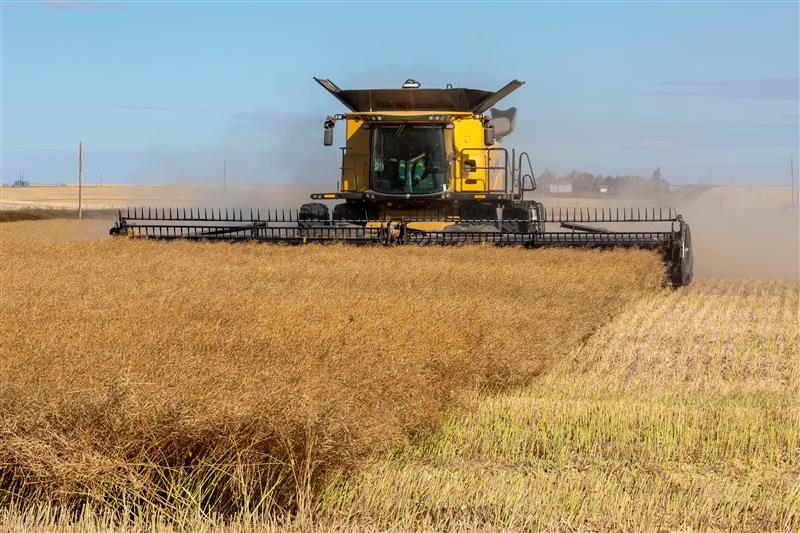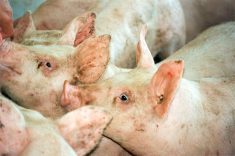There’s nothing like new blood in the packing industry to get farmers’ hearts pumping.
But hog marketers are hoping that new packing plants announced for Canada and the United States don’t cause the disappearance of older packers that make up today’s market.
“If (hog) prices go up (because of increased competition), it’s certain that some packers will bleed to death – some slowly, some quickly,” said Perry Mohr, manager of Manitoba Pork Marketing Co-op.
Fortunately for Manitoba producers, who are looking forward to the proposed OlyWest plant in Winnipeg, the century-old Sioux Falls plant in South Dakota may not be a victim.
Read Also

Bond market seen as crop price threat
A grain market analyst believes the bond market is about to collapse and that could drive down commodity values.
“It’s a gazillion years old, but it’s fully depreciated and I’ve heard it’s one of the more profitable plants in the U.S.,” said Mohr.
The Sioux City plant in Iowa, also a destination for some Manitoba hogs, is often seen as a candidate for closure.
University of Missouri hog market economist Ron Plain said the Sioux Falls plant may not be efficient during the slaughtering and cutting process, but the plant was fully paid for decades ago, so it doesn’t have the debt expense of a new plant.
It is also blessed with a large site so it has room for additional processing. Some plants built 30 or 40 years ago were only planned to kill and cut, so no room was left for expansion.
Now that processors want to be able to go beyond killing and cutting, more efficient but cramped plants can be a problem.
“Packers now like to do a lot more deboning and further processing than they used to,” Plain said.
Mohr said the Sioux Falls plant seems to run well.
“They don’t seem to have any problem getting a Saturday shift if they need one, and they have a good workforce there,” he said.
Its owner, John Morrell and Co., which is owned by Smithfield Foods, has also reinvested in the plant in recent years.
Mohr said old plants like Sioux Falls that are fully depreciated can afford to offer a $5 per pig premium to a new plant carrying a heavy debt load.
“They probably have that advantage,” Mohr said.
Last week Triumph Foods, a producer-backed company, announced plans to build a major plant in Illinois, which it expects to begin operating in 2009. It is also building a large plant in Missouri, slated to open in 2006.
Plain said that if older plants don’t close and the OlyWest plant and Maple Leaf’s planned Saskatoon plant, as well as both of Triumph’s plants open, packer capacity in North America will grow by 10 percent by the end of the decade.
Plain said the Sioux Falls plant is often fingered as the most likely plant in the U.S. to close, because it is the oldest, but its strengths may outweigh its weaknesses.
“It’s going to be a pretty competitive situation for packers to get enough hogs to keep their chains running,” said Plain. “There isn’t any indication here that any company wants to close any plant … but we’re unlikely to know that before the end. I suspect they won’t give any more notice (than they are legally required to) because they’ll start losing employees.”

















